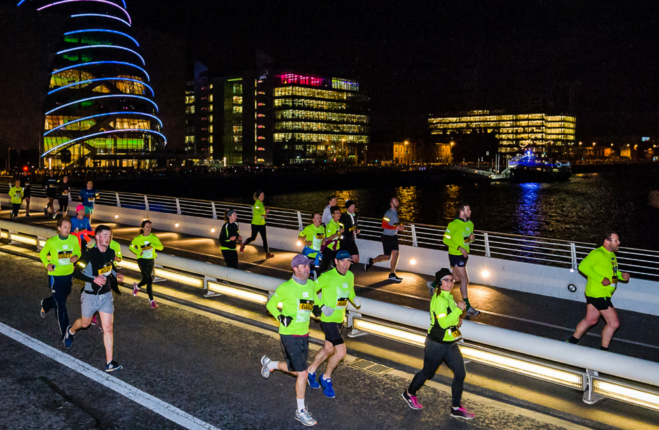WE’VE ALL HEARD that phrase — you can’t keep doing the same thing and expect a different result. So, if you’ve been trying to improve your speed but haven’t been seeing any results, how about trying something a little different to achieve your goal?
Most of us try to avoid speed work because it hurts and for the first timer it can feel like you’re starting from the beginning all over again. Be patient — the gains will come quickly and speed work will not only make you faster but it will also improve your fitness.
The trick is to build up a good aerobic base and ideally have completed the race distance you want to improve on. Then add in speed work to this foundation to further build up your fitness.
1. Hills
For the beginner, hills are a great way to start speed work. You might not feel like you’re running fast but the increased effort to work against gravity will improve your strength.
Try this:
Six x one-minute uphill with a gentle jog or walk back down for recovery. Increase by one rep per week up to 10 reps. This session will be as hard as you want it to be. To begin with, you take it easy and time how far you can run in one minute. As the weeks go by, you’ll notice you’re getting further each week.
2. Fartlek
Fartlek comes from the Swedish term for speed play and it’s basically an unstructured speed session. Do what you can for as long as you can. You decide on the time, distance and pace for your fast running. But don’t overdo it.
Try this:
After 2km of easy running pick a point in the distance which could be a lamppost and run at a pace that you can sustain until you get to it. Take as much time as you need to recover and repeat until you want to cool down. Each interval can be as long or as short as you want. If running with a friend you can add a bit of competition into the mix by taking turns at deciding the distance and pace for reps.
3. Intervals
For a more structured interval session you choose a set distance and pace, or for the beginner it can be time and pace.
Try this:
After your warm up, run for 6×1 minutes at your target race pace with a one minute jog recovery. As an example, if your 5km best time is 30 minutes and you want to target 25 minutes then you would run at five minutes per km pace for one minute with one minute recovery and repeat for six. To work out pace you should ideally use a GPS watch / smartphone app.
As it becomes more manageable you can increase the length of the intervals until you can run for five minutes. When you increase the running time, you must also increase the recovery time. Do not run faster than you need to and only do enough to achieve your goal.
For the first few sessions be cautious and introduce yourself rather than jump straight in — you don’t want the first session to be your last.
If you’re looking for a target for your training, why not join Run in the Dark this November. You can test yourself against the clock, get an official time, and help in the Mark Pollock Trust’s mission to fast-track a cure for paralysis. For more information and registration details, click here.
Subscribe to The42 podcasts here:

